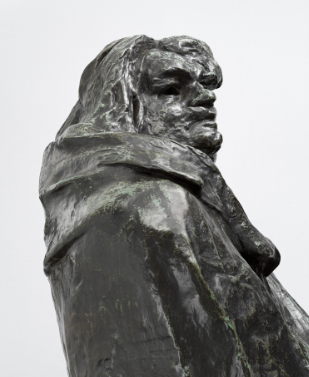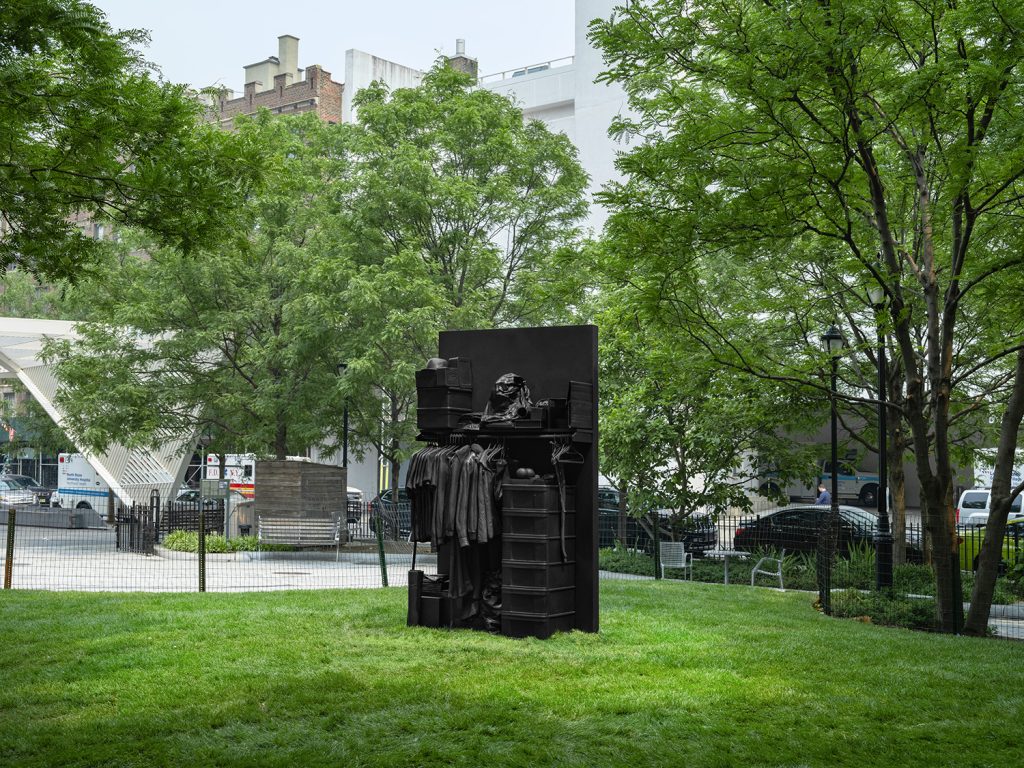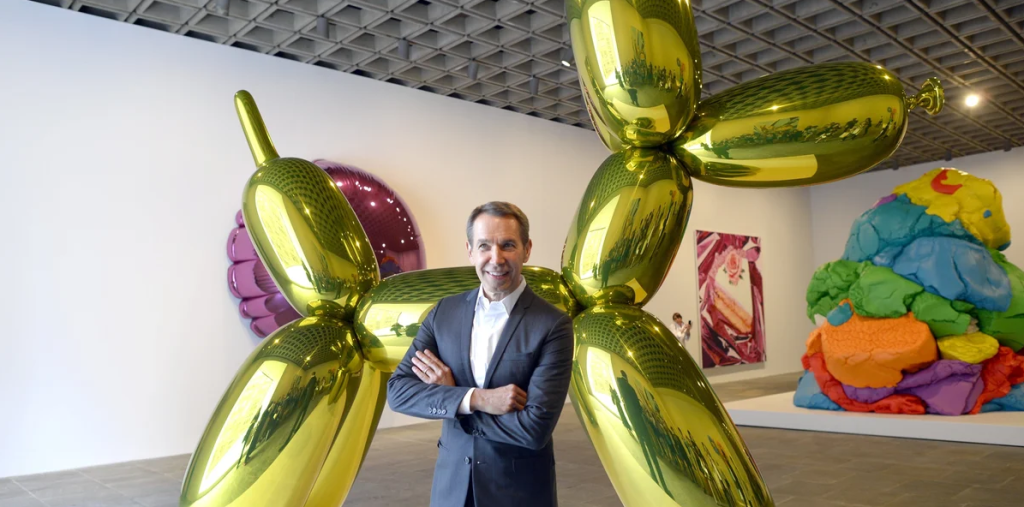Rodin’s Balzac: A Revolutionary Interpretation of Literary Genius
The sculpture of Honoré de Balzac by Auguste Rodin is more than just a three-dimensional representation; it embodies the essence of literary genius. Created during a time of artistic and cultural upheaval, this artwork challenges traditional representations of literary figures and serves as a lens through which we can explore the intersection of literature and visual art.
The Artistic Context of Rodin’s Balzac
When Rodin sculpted Balzac in the late 19th century, he was operating within a rapidly changing artistic landscape. The Impressionist movement was gaining momentum, and realism was being fiercely debated among artists and critics. Rodin’s interpretation of Balzac, deviating from the conventional ideals of beauty and form, leans heavily into the emotional and intellectual depth of the writer. Rather than presenting Balzac in a glorified or simplistic manner, Rodin captures the complexity of the man, showcasing his internal struggles and vibrant spirit through dynamic poses and textured surfaces. This piece marked a significant turning point, encouraging artists to explore deeper emotional realities rather than merely aesthetic appearances.
The Influence of Balzac’s Work
Balzac, often regarded as a pioneer of the modern novel, wrote extensively about human society and the intricacies of individual character. Rodin was not only inspired by Balzac’s literary genius but also sought to reflect the themes present in his work through his sculpture. The flowing robes and the intensity of the figure convey a sense of movement and dynamism, mirroring Balzac’s intricate narratives. This connection showcases how Rodin viewed Balzac’s contributions to literature as equally deserving of visual representation, bridging the gap between word and form.
Interpretation and Impact of Balzac’s Sculpture
Rodin’s Balzac challenges viewers to engage with both the statue and the literary world it invokes. The sculpture is intentionally unfinished; its rough edges and stark features provoke questions about the nature of artistic creation and the eternal struggle of the human condition. By presenting Balzac in this manner, Rodin invites audiences to contemplate both the literary and sculptural arts, encouraging a dialogue on how creativity transcends mediums. The work has become a paradigm for modern sculpture, showcasing a departure from traditional approaches and promoting the idea that raw emotion can coexist with artistry.
In Conclusion
Rodin’s Balzac continues to resonate within the realms of art and literature, offering an innovative interpretation that elevates the subject’s literary prowess. By merging the integrity of Balzac’s work with a revolutionary artistic approach, Rodin invites us all to reflect on the essence of genius. Whether you’re a lover of sculpture or literature, exploring this remarkable piece encourages a greater appreciation for the profound connections between diverse forms of expression. Dive deeper into the world of Rodin and Balzac, and discover how their legacies continue to inspire and challenge us today.


